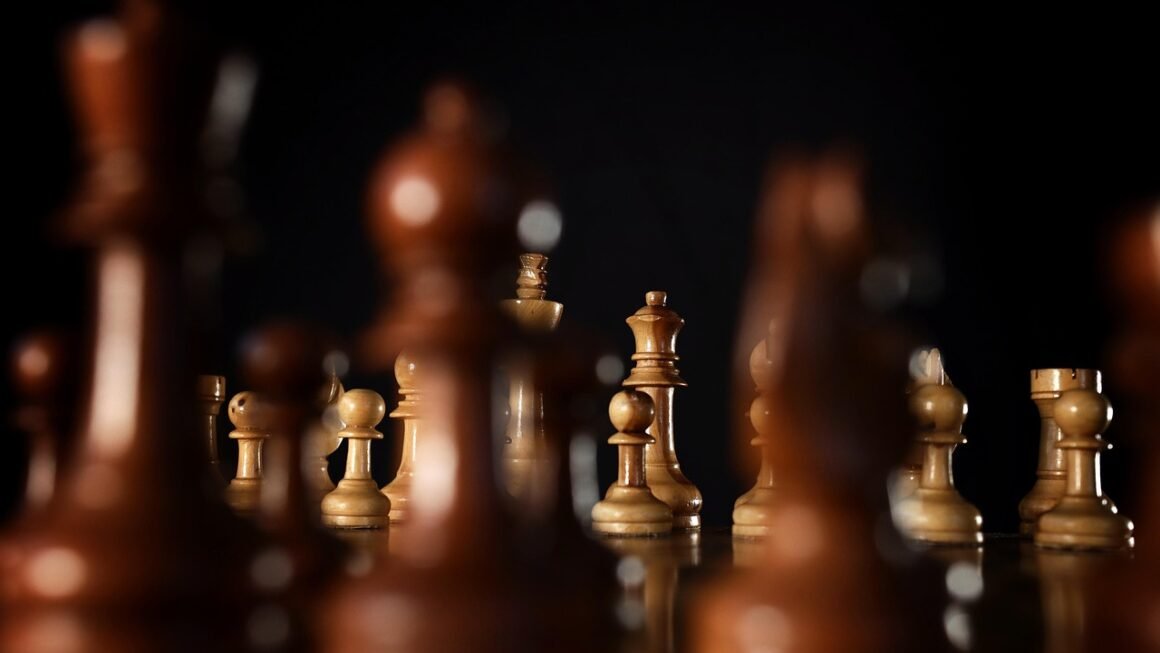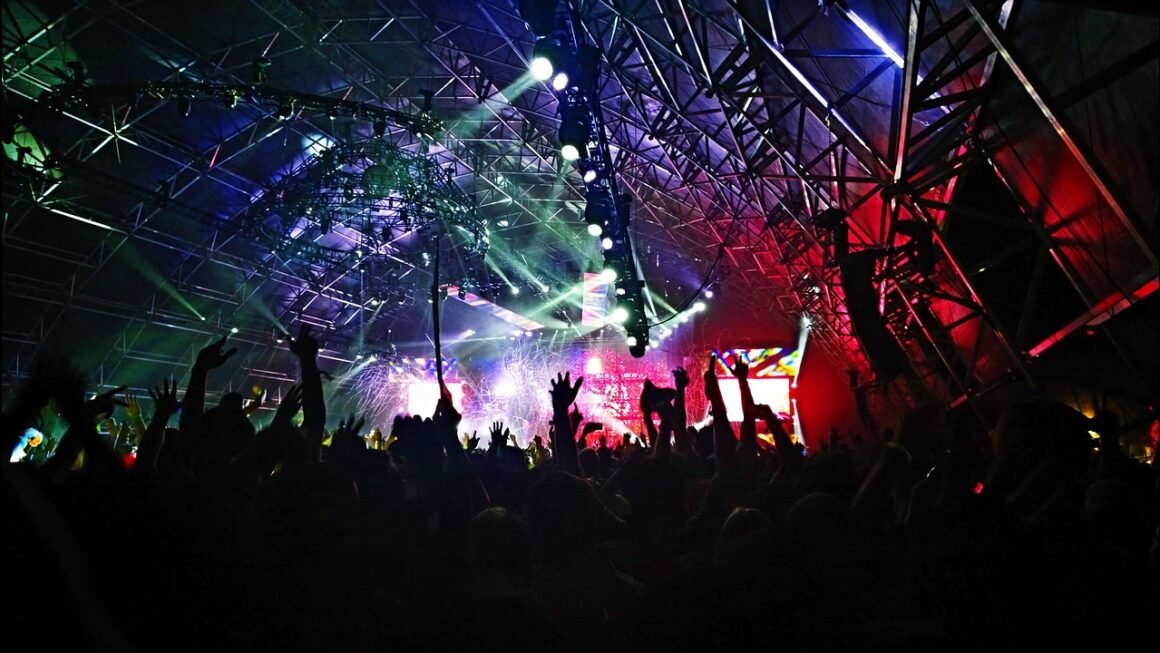Cinematography isn’t just about pointing a camera and hitting record; it’s the art and science of visual storytelling. It’s the language of film, communicating mood, emotion, and narrative through light, color, composition, and camera movement. A skilled cinematographer crafts the visual landscape of a movie, shaping our understanding and experience of the story unfolding on screen.
What is Cinematography?
Defining the Art of Visual Storytelling
Cinematography, also known as film photography or motion-picture photography, is the art of making motion pictures. It encompasses all visual elements on the screen, from the camera angle to the color palette. A cinematographer, or Director of Photography (DP), works closely with the director to realize their vision and translate the script’s intentions into a visual form.
- Key Responsibilities of a Cinematographer:
Choosing the camera and lenses
Designing and executing lighting schemes
Composing shots and directing camera movement
Collaborating with the director and other crew members
Managing the camera and lighting crew
The Cinematographer’s Toolkit
The tools of the cinematographer are diverse and constantly evolving. From classic film cameras to cutting-edge digital cinema cameras, the equipment shapes the possibilities of visual storytelling.
- Cameras: From ARRI ALEXA to RED Digital Cinema cameras, the choice depends on the project’s budget, aesthetic goals, and technical requirements.
- Lenses: Different lenses affect the perspective, depth of field, and overall look of the image. Wide-angle lenses can create a sense of vastness, while telephoto lenses compress space.
- Lighting: Lighting is crucial for creating mood, highlighting subjects, and shaping the overall visual style. Types include:
Natural Light: Using existing light sources like sunlight or moonlight.
Artificial Light: Employing film lights like LEDs, HMIs, and tungsten lamps.
Practical Lights: Incorporating light sources visible within the scene, like lamps or streetlights.
- Grip Equipment: Dollies, cranes, and stabilizers allow for smooth and dynamic camera movement.
Key Elements of Cinematography
Composition: Framing the Story
Composition is the arrangement of visual elements within the frame. It’s how the cinematographer guides the viewer’s eye and creates a sense of balance, tension, or harmony.
- Rule of Thirds: Dividing the frame into nine equal parts and placing key elements along these lines or intersections. This creates more visually interesting and balanced compositions than centering the subject. For example, in a landscape shot, positioning the horizon along the upper or lower third line can create a more compelling image.
- Leading Lines: Using lines within the scene to draw the viewer’s eye towards a specific point. These can be roads, rivers, or even architectural elements.
- Symmetry and Asymmetry: Using symmetry to create a sense of order and balance, or asymmetry to create tension and unease.
- Negative Space: Utilizing empty space around the subject to create a sense of isolation or emphasize its importance. Consider the vast, empty landscapes often used in Western films to emphasize the loneliness of the protagonist.
Lighting: Painting with Light
Lighting is perhaps the most powerful tool in the cinematographer’s arsenal. It can create mood, reveal textures, and guide the viewer’s attention.
- Key Light: The primary light source that illuminates the subject.
- Fill Light: A softer light used to fill in the shadows created by the key light.
- Back Light: A light placed behind the subject to separate it from the background and create a halo effect.
- Color Temperature: The warmth or coolness of light, measured in Kelvin. Warmer light (lower Kelvin) has a reddish-orange hue, while cooler light (higher Kelvin) has a bluish hue. Using warm light can create a cozy and inviting atmosphere, while cool light can create a sense of coldness or unease.
- High-Key Lighting: A bright, evenly lit scene with minimal shadows, often used in comedies and musicals.
- Low-Key Lighting: A dark, moody scene with strong shadows, often used in film noir and thrillers.
Camera Movement: Bringing the Scene to Life
Camera movement can add dynamism, create suspense, and reveal information about the environment or characters.
- Pan: Rotating the camera horizontally on a fixed tripod.
- Tilt: Rotating the camera vertically on a fixed tripod.
- Zoom: Changing the focal length of the lens to make the subject appear closer or further away.
- Dolly: Moving the entire camera along a track, allowing for smooth and controlled movement.
- Crane: Lifting the camera high into the air, providing a sweeping view of the scene.
- Steadicam: A camera stabilization system that allows for smooth handheld movement.
Color: Evoking Emotion
Color is a powerful tool for conveying emotion and creating a specific atmosphere.
- Color Palette: The overall color scheme of a film, which can be carefully chosen to evoke certain feelings.
- Color Grading: The process of adjusting the color and contrast of the footage in post-production.
- Complementary Colors: Colors that are opposite each other on the color wheel, such as red and green, which can create a striking visual contrast.
- Analogous Colors: Colors that are next to each other on the color wheel, such as blue and green, which can create a harmonious and calming effect. For example, a film might use a predominantly blue color palette to convey a sense of sadness or isolation.
The Cinematographer’s Workflow
Pre-Production: Planning the Visuals
The cinematographer is involved in the filmmaking process from the very beginning, working closely with the director to develop a visual strategy.
- Script Analysis: The cinematographer reads the script carefully to understand the story’s themes, characters, and settings.
- Storyboarding: Creating visual representations of key scenes, which helps to plan camera angles, movement, and lighting.
- Location Scouting: Visiting potential filming locations to assess their suitability and plan the logistics of the shoot.
- Technical Rehearsals: Practicing camera movements and lighting setups to ensure a smooth and efficient shoot.
- Shot Lists: Preparing a detailed list of all the shots that need to be filmed, including camera angles, movement, and lighting notes.
Production: Capturing the Vision
During production, the cinematographer is responsible for overseeing the camera and lighting crews and ensuring that the visual style is consistent throughout the film.
- Collaboration: Working closely with the director, actors, and other crew members to achieve the desired results.
- Problem-Solving: Finding creative solutions to unexpected challenges on set.
- Maintaining Consistency: Ensuring that the lighting, camera angles, and composition are consistent from shot to shot.
- On-Set Monitoring: Watching the footage closely to ensure that it meets the required technical and aesthetic standards.
Post-Production: Refining the Image
The cinematographer’s work continues in post-production, where they collaborate with the colorist to refine the image and create the final look of the film.
- Color Grading: Adjusting the color and contrast of the footage to create a specific mood and atmosphere.
- Visual Effects (VFX): Working with VFX artists to integrate CGI elements seamlessly into the live-action footage.
- Digital Intermediate (DI): The final stage of post-production, where the film is mastered for distribution.
Examples of Iconic Cinematography
“Blade Runner 2049” (2017) – Roger Deakins
Deakins’ work on “Blade Runner 2049” is a masterclass in visual storytelling, using light and color to create a dystopian world. The film’s stark, geometric compositions and atmospheric lighting create a sense of isolation and alienation. Deakins won an Oscar for his work on this film, cementing his status as one of the greatest cinematographers of all time. The use of fog and carefully placed light sources give the movie an almost painterly feel.
“Apocalypse Now” (1979) – Vittorio Storaro
Storaro’s cinematography in “Apocalypse Now” is both visually stunning and deeply unsettling, capturing the chaos and horror of the Vietnam War. The film’s use of light and shadow is particularly effective in creating a sense of dread and uncertainty. Storaro used bold colors and dramatic lighting to convey the psychological states of the characters.
“The Grand Budapest Hotel” (2014) – Robert Yeoman
Yeoman’s work on “The Grand Budapest Hotel” is whimsical and visually delightful, perfectly capturing the film’s quirky and nostalgic tone. The film’s use of color and composition is precise and deliberate, creating a sense of order and symmetry. Different aspect ratios are used throughout the film to denote the different time periods of the story.
Conclusion
Cinematography is a multifaceted art form that blends technical expertise with creative vision. By understanding the key elements of composition, lighting, camera movement, and color, aspiring filmmakers can learn to craft compelling visual stories that resonate with audiences. From pre-production planning to post-production refinement, the cinematographer plays a vital role in shaping the look and feel of a film. Studying the work of iconic cinematographers can provide valuable insights into the techniques and approaches that define exceptional filmmaking. Remember, practice and experimentation are key to developing your own unique cinematic voice.



